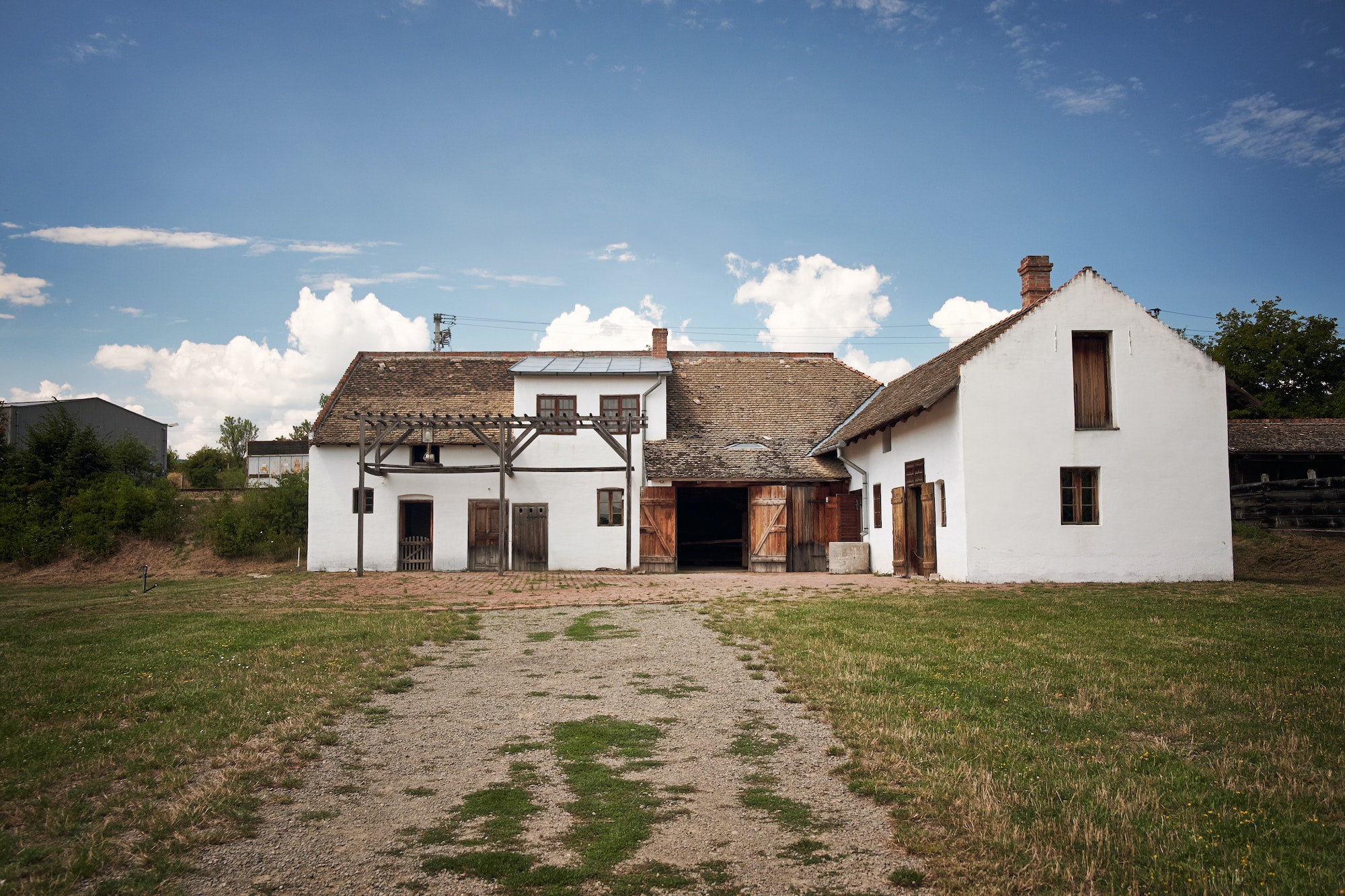Buying an old house can be a rewarding experience, especially if you appreciate the history and charm that comes with a vintage property. However, there are several factors to consider when purchasing an older home, many of which may not be immediately obvious. In this comprehensive guide, you’ll learn about the seven key points to check before you commit to buying an old house, including potential pitfalls and hidden costs that could affect your decision.
1. Assess the House’s Overall Condition
It’s essential to have a clear understanding of the overall condition of an older home. By conducting a thorough inspection with the help of a professional, you can identify potential issues that may require costly repairs, as well as any aspects that could affect your ability to secure a mortgage or homeowners insurance.
Check for Structural Issues
Older homes may have experienced natural wear and tear over the years, which can lead to structural issues such as sagging roofs, cracked foundations, and uneven floors. Engage a qualified structural engineer to assess the property and provide a detailed report on its current condition, including recommendations for repairs or improvements.
Examine the Plumbing and Wiring Systems
Homes built before the 1960s may still have outdated plumbing and electrical systems. For example, some older houses may feature knob and tube wiring, which can pose a fire hazard and be challenging to insure. Similarly, old pipes may be more susceptible to leaks and water damage. Ensure your inspector thoroughly checks the plumbing and electrical systems and provides an estimate of any necessary upgrades.
2. Investigate Potential Health Hazards
Older homes may contain materials and substances that pose health hazards today. Before you commit to a purchase, be aware of these common concerns and take steps to mitigate them if necessary.
Lead Paint
Many homes built before 1978 used lead paint, which can cause serious health issues if ingested or inhaled. A professional lead paint inspection can determine if the house contains lead paint and provide guidance on safe remediation techniques.
Asbestos
Asbestos was once widely used in building materials due to its heat resistance and insulation properties. However, it can cause severe respiratory problems if inhaled. Consult a specialist to check for the presence of asbestos in your potential home and discuss possible removal options.
3. Determine the Energy Efficiency of the House
Older homes may not be as energy-efficient as their modern counterparts, leading to higher utility bills and increased carbon emissions. Evaluate the house’s energy efficiency by reviewing its insulation, windows, and heating and cooling systems. Investing in energy-efficient upgrades can help to offset the higher ongoing costs associated with older homes.
4. Research the Property’s History
Understanding a house’s history can provide valuable insight into its current condition and any potential issues you may face as the new owner. Research the property’s past by consulting with the real estate agent and reviewing public records. Key information to uncover includes previous owners, past renovations or repairs, and any substantial events such as fires or floods.
5. Evaluate the Cost of Renovations and Repairs
Old houses often require more substantial and frequent repairs and maintenance compared to newer homes. This can significantly affect the overall cost of ownership. Before committing to a purchase, carefully assess the extent of any necessary repairs and renovations, and obtain quotes from professional contractors. Ensure you factor these costs into your budget and mortgage calculations.
6. Review the Home’s Resale Potential
If you plan to sell the house in the future, it’s crucial to consider its resale potential. Factors that may influence the resale value of an older home include the property’s overall condition, extent of necessary repairs or renovations, location, and any historical or architectural significance. Consult with a local real estate agent to understand the market trends and demand for older homes in the area.
7. Secure Financing and Insurance
Lastly, ensure you have all the necessary financial arrangements in place before committing to a purchase. This includes securing a mortgage, factoring in any additional costs associated with older homes, and obtaining suitable homeowners insurance. Some insurers may charge higher premiums for older homes or require specific upgrades before providing coverage. Speak with multiple insurance providers to find the best policy and rates for your situation.
Buying an old house can be a fulfilling and rewarding experience, but it’s essential to approach the process with a thorough understanding of the potential challenges and hidden costs involved. By thoroughly inspecting the property, investigating potential health hazards, assessing energy efficiency, researching the home’s history, evaluating the cost of renovations and repairs, reviewing its resale potential, and securing financing and insurance, you can make an informed decision and enjoy your newly acquired piece of history.





